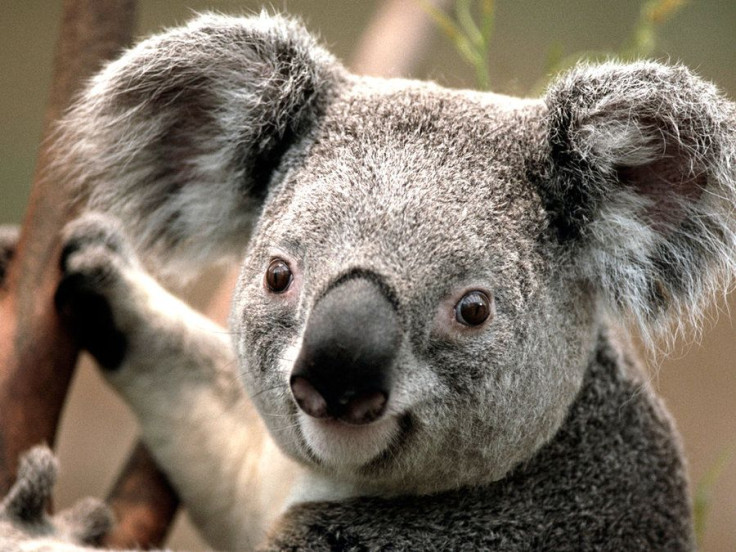Koala Chlamydia: The STD Continues To Claim Lives Of Australia's Koala Bears

Chlamydia is a common sexually transmitted disease in people, but when it claimed the lives of many koalas in Australia, no one ever knew it could have taken a deadly toll.
The northeast state of Queensland in Australia once had a booming koala population. But experts are reporting the disease has reduced the number of koalas from 60,000 to 11,000 from 1990 to 2012.
While the chlamydia infecting koalas is not the same strain found in the human population, it's also spread through sexual contact and it's much more severe. Some regions of Australia are struck with a 90 percent infection rate among koala bears.
Early symptoms include urinary tract infections and involuntarily bowel excretion. Ultimately, the infection can cause infertility, blindness, or even death.
One female koala from the Australia Zoo Wildlife Hospital named Penny represents one of the most celebrated marsupials being admitted for treatment of the fatal disease.
"She's quite an old girl — I think she's over 10 years," veterinary surgeon Amber Gillett told BBC.
Their hospital alone treated 300 koalas for chlamydia.
Last month, a 6-year-old koala named Jack arrived at the Friends of the Koala facility where he was being treated for swollen eyes. The doctors administered antibiotics and surgically trimmed his eyes so he could recover.
But while some of these koalas see promising future, most had to be put down. In addition, the population is declining because most females are becoming infertile because of the disease.
But the hope is not entirely lost. Earlier this month, researchers from Queensland University of Technology mapped the koala's genome, and uncovered 12,000 out 20,000 genes. This project will hopfeully help scientists to find an effective vaccine that could put an end to the mounting infection rates and death toll.
Another disease researchers could tackle is the koala retrovirus, or KoRV, which is likened to HIV.
"Virtually nothing is known about the immune system of the koala and the absence of information has been a major hindrance to our efforts to understand how Chlamydia and KoRV infections lead to such debilitating disease in this native species," said Adam Polkinghorne, co-author of the study from the school of biomedical sciences, in a press release.
"This promises to benefit gene discovery and the development of immunological tools that will help us to fight diseases in our other threatened and endangered wildlife species," he added.
Not only the wildlife, a potential chlamydia vaccine for koalas could also open doors to finding one for humans, as well.



























